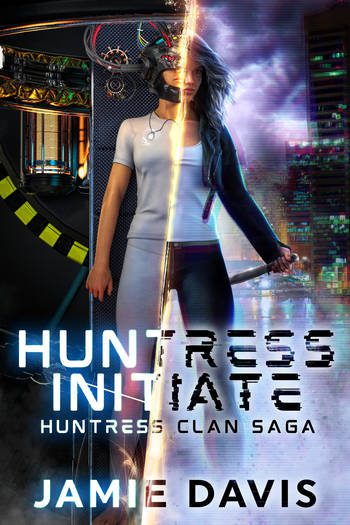
Imagine a world at war. It isn’t terribly hard to do. Imagine, then, that this war is not going particularly well for anybody except the advancing armies. The opposing sides would do almost anything to stop the advance, but there isn’t a whole lot left to do. This is the state of things in Jack Conner’s The Atomic Sea. Ghenisa—and much of the world—is at war with Octung, and it is not going well for anybody except Octung. The only hope lies in catching and killing enough whales that live in the Atomic Sea to gather hot lard enough to keep the Octungens at bay. Except the Atomic Sea is a deadly place to be. Lightning spouts from gas bubbles in the water. The sea life is mutated and violent. The very air is enough to kill you.
This is where Dr. Francis Avery finds himself at the start of the book. He is the ship’s doctor aboard a Ghenisan vessel tasked with finding whales and avoiding the Octungen fleet. His job is to patch people up as best he can from exposure to the sea or from their battles with the mad whales. One day, though, Dr. Avery pulls a woman out of the belly of a whale, only to find that she is perfectly, bizarrely, normal. This woman is Leanna, and she says that she can stop Octung.
Thus starts an adventure in which secret conspiracies are discovered, plots are thwarted, and everything is changed. Dr. Avery is at the centre of this plot and he must keep Leanna from the Octungens or the entire world will be doomed. For that, he’s going to need a drink.
This book is an incredibly well-written piece. The prose itself is expressive and engaging, making it difficult to stop reading. The worldbuilding is accordingly capable, as well. The setting of this book reminds me of what World War I would be if you added steampunk technology. Oh, and made that technology atomic, alchemical, and added a few steroids to the mix. The pieces involving the sea monsters is particularly fascinating. The idea is that if you eat unprocessed sea food, you are likely to develop mutations that turn you into some sort of fishy-person. If you survive. In Ghenisa, this is not a particularly good thing, considering that they are a country next to the sea. These sorts of details, though, make this story absolutely fascinating to read.
The characters are equally interesting. In Dr. Francis Avery’s case, he is an unreliable main character at best. He is absolutely not a hero and yet his heroic qualities make the story possible. Leanna, the person who is supposed to be able to save everybody, may look normal but she is really quite bizarre by the standards of everybody else. The villains have their own justifications. But what makes these characters so interesting to read is that the scale of events starts out small, focusing only on their own immediate lives and the series of situations in which they find themselves. Eventually, things grow to be so large and all-encompassing that it is almost impossible to think that these characters could find themselves in that particular situation. And yet, they are. And they do spectacularly well. I really enjoyed reading the diverse cast of characters and seeing their own particular quirks evolve as they developed along with the story.
My main critique for this book is that near the end, when the characters find themselves in a mountain kingdom far from the sea, things feel a little strange. This is likely due to the extreme culture differences that occur in the mountains as compared with the sea-side countries. It is so different that catching up with the differences takes a little extra focus from the story and so everything is almost suspended in time. I would put this down to the culture-shock between sea and mountain peoples. And, it is perhaps more strange in retrospect than in the actual reading. This is due to the fact that the prose just sort of carries you along in the story without extra thought. I would say that this strangeness does not really change my impression of the book. It is just present enough to note it. (And I imagine it will change in subsequent books as more cultures and places are experienced.)
In a nutshell—or rather, lobster shell—I would have to say that this book is a really fantastic read. The world of The Atomic Sea is completely unique, which is quite the feat considering it is familiar ground: a world war, with a naval fleet, whaling ships, and characters for whom things are not going particularly well. The familiar is taken to new heights, however, with the stunning world building, the addition of whales that are like Moby Dick gained access to weapons of mass destruction, and a story that is sure to keep you interested from start to finish. Basically, this book is an easy shoe-in for my best books of 2020 list, even considering the strangeness of the culture-shock in the mountain kingdom. If you are interested in steampunk, in fantasy and sci-fi, in complex stories that have adventure enough to keep you thrilled throughout, then this is a book to read.
Amazon: https://www.amazon.com/Atomic-Sea-One-Jack-Conner-ebook/dp/B00QH3SE0C










